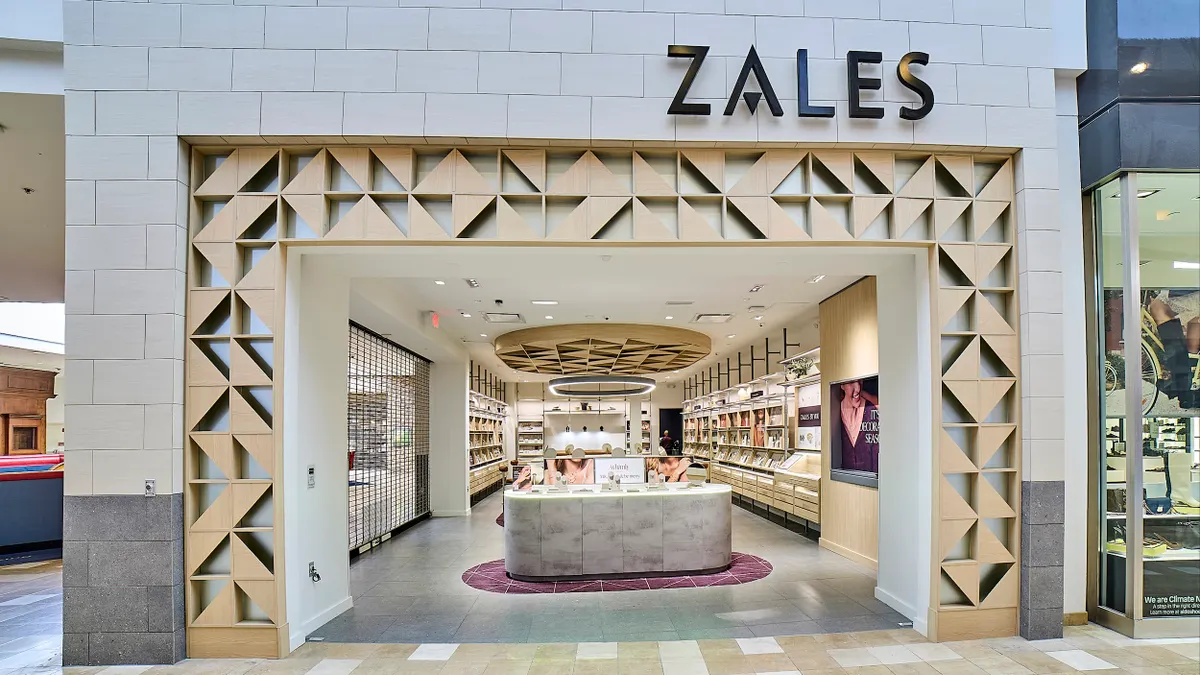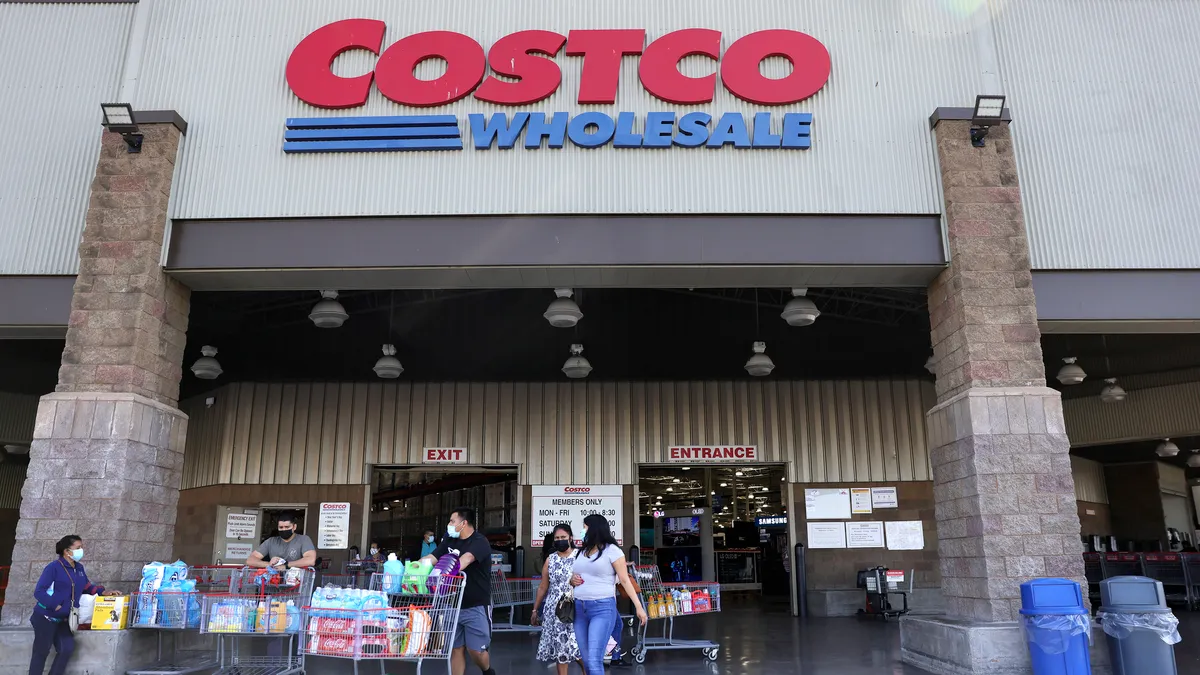The retail consumer remains powerful in 2015, and there are many retailers still struggling to meet their customers' expectations when it comes to fulfillment, mobile and e-commerce, and other technology-driven capabilities. But there are other issues too, like payment security, that could discourage retail customers just when the economy could help end last year's "retail funk."
In many ways, 2015 will be the year of catching up to the consumer. Are you ready?
Mobile app and web performance
Mobile commerce has been seemingly coming into its own for a while now, but last year's holiday shopping season seemed to see a tipping point.
That doesn’t mean that retail mobile apps or sites are all agile. On the contrary, shoppers are finding that mobile product search and conversion take too long. Sadly, that's true even on computers, where most e-commerce still takes place, and which still presents customers with long load times and other frustrations.
It’s past the time for retailers to be on top of things when it comes to e-commerce. Bottom line: consumers are almost always on their phones, and even at home their internet speeds are super-fast. Retailers must be too.
Mobile payments
Apple Pay is not the end-all and be-all of mobile payments, but there’s no doubt that it’s responsible for finally ushering in a new era of mobile payments. Retailers need to accept that, and after an iffy start, it looks like they are. After initially blocking Apple Pay because it would be competition to the yet-to-be-launched retailer-developed wallet CurrentC, several retailers are now backtracking and deciding to accept the popular payment system.
In 2015, there will be no excuse for retailers not to have some widely used mobile payment system available at their point of sale. Right now that includes Apply Pay. And they should be sure that their employees know all about how it works. Chances are, their customers do.
Data security
Woe to the retailer that suffers a major data breach in 2015. Consumers are wary of the problem, and say it affects their shopping: Some 45% of shoppers say they avoid retailers after a breach.
Not only is liability shifting to retailers later in 2015, it’s also a fact that retailers suffer a wide range of costs associated with data breaches. There's the investigations and legal aftermath, when an affected retailer could pay millions to cyber-security investigators and mop-up experts, damage to their reputations, and, as Target is finding, plenty of room in the courts for disgruntled customers to extract some due.
Delivery
In 2015, retailers must get a grip on their delivery policies. At the same time that shipping costs are rising, consumer view free or cheap yet speedy delivery as pretty much expected.
What does that mean? Really, retailers that are still charging significantly for shipping customer orders are going to increasingly see abandoned carts and lost sales. And those offering free or cheaper shipping must take care that their policies aren’t eating too much into the bottom line.
That means designing shipping privileges that work out for everybody. Of course, the classic example these days is Amazon’s Prime membership. The retailer has managed to persuade a significant number of its customers to pay $99 each year for a variety of perks, including free two-day shipping on many items, and in some areas, same-day delivery.
Everyone’s an e-retailer
If you still think there’s a clear distinction between e-commerce and brick-and-mortar retail, 2015 will likely clear that up for you.
For largely traditional retailers like Target, there's a new e-commerce reality, requiring refined e-commerce capabilities, from fulfillment efficiencies to web and mobile site loading times, and many things in between.
And for e-retailers, it means appreciating the fact that many physical retailers have honed strategies to fight their own, once-typical e-commerce advantages. They have websites, they have apps, and they can use their stores to get items to their customers lickedity-split. So it’s now on e-retailers to come up with new ways to impress online shoppers — or open physical stores themselves to gain some of the advantages that brick-and-mortar stores have. Those include opportunities to interact with customers and to present goods in real life, in real time.
Employee expectations, a two-way street
For many retail companies this means having excellent employees ready to provide top-notch customer service, with knowledge of products, inventory, and payment systems. And higher expectations of retail employees will mean higher expectations of how those employees are treated and paid.
“If they’re any good,” says Stifel Nicolaus retal analyst Richard Jaffe, “once you’re in the store they’re going to tempt you with a lot of other stuff.”






















